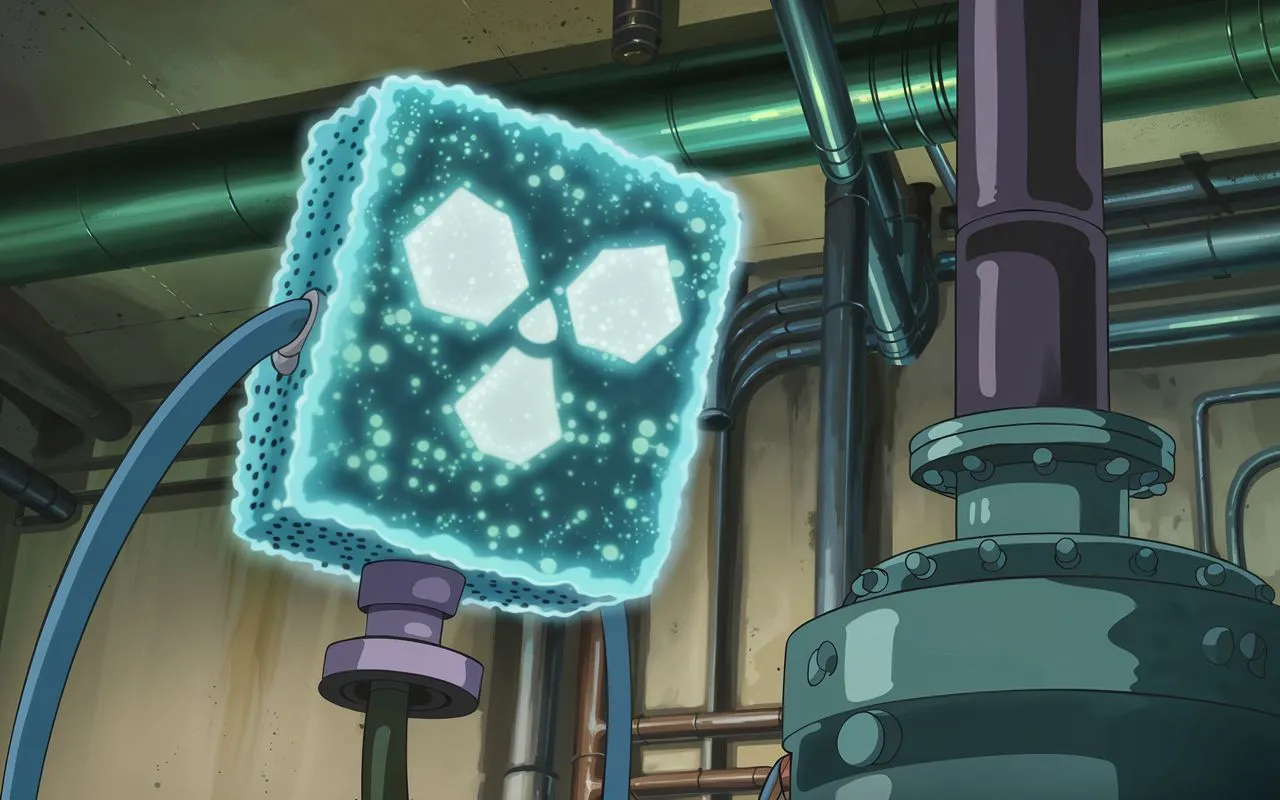Follow us on Google News (click on ☆)
This method offers a quicker and more cost-effective alternative to current techniques, which are often complex and expensive. This work was published in the journal Nature Photonics on September 2, 2024.

Tritium (3H), krypton-85 (85Kr), and carbon-14 (14C) are among the most released radioactive gases by the nuclear industry when generating electricity or recycling radioactive waste [1].
Even though these radionuclides [2] do not pose a major risk, their precise measurement is a key indicator for monitoring the proper functioning of nuclear plants and preventing accidents. However, these radionuclides belong to those whose radioactive decay is not accompanied by gamma-ray emission; they are pure beta-emitters and require specific detection and measurement processes.
Currently, technologies employed rely on gas-liquid and gas-gas mixing principles, but they are expensive and complex. They cannot quickly distinguish between radionuclides, generate waste, and are highly ineffective for some of the radioactive gases being analyzed.
The work conducted by scientists from the Institute of Light Matter (CNRS/Université Claude Bernard Lyon 1), the Chemistry Laboratory at the ENS de Lyon (CNRS/ENS de Lyon/Université Claude Bernard Lyon 1), and the Henri Becquerel National Laboratory (CEA) has led to the development of a reliable, low-cost real-time detection technology, based on a gas-solid mixture.
It is based on the synthesis of an aerogel approximately one centimeter (about 0.4 inches) thick and a few centimeters (a few inches) in diameter, made from nanoparticles of scintillating materials about 5 nanometers in size. This composite possesses an ultra-porous structure, similar to a sponge, consisting of only 15% solid while remaining transparent.
This unique architecture allows gases to diffuse very easily. When the gas enters the scintillation cell and comes in contact with the aerogel, it converts the energy produced by the emission of electrons during the radionuclide decay into visible light. This light flash is immediately captured by an ultrasensitive detection system capable of measuring each photon almost instantly.
The fine analysis of these light emissions has enabled the development of an innovative method to distinguish and measure pure beta emissions of different energies, such as those from tritium and krypton-85 in the same gas sample. These findings were both theoretically and experimentally developed and validated through an advanced experiment on radioactive gases. Detection yields obtained are 20% for tritium and almost 100% for krypton. Finally, the inorganic scintillator is not contaminated by radioactive gases, making it reusable and reducing waste generation, unlike other techniques.
This new approach to detecting radioactive gases opens the door to the widespread deployment of sensors dedicated to monitoring civil nuclear activities. It could also be extended to other beta-emitting radionuclides, which are equally crucial for territory monitoring, such as carbon-14 (14C), xenon-133 (133Xe), and argon-37 (37Ar), allowing its applications to expand to the civil, medical, and military fields.
This discovery is part of the European SPARTE project [3] and has led to several patent filings.
Notes:
[1] An average of 400 terabecquerels (i.e., 400 x 1012 becquerels) per gigawatt of electricity annually for electricity production.
[2] An atom with an unstable nucleus.
[3] Funded by the European Union under the Horizon 2020 FET - OPEN program.